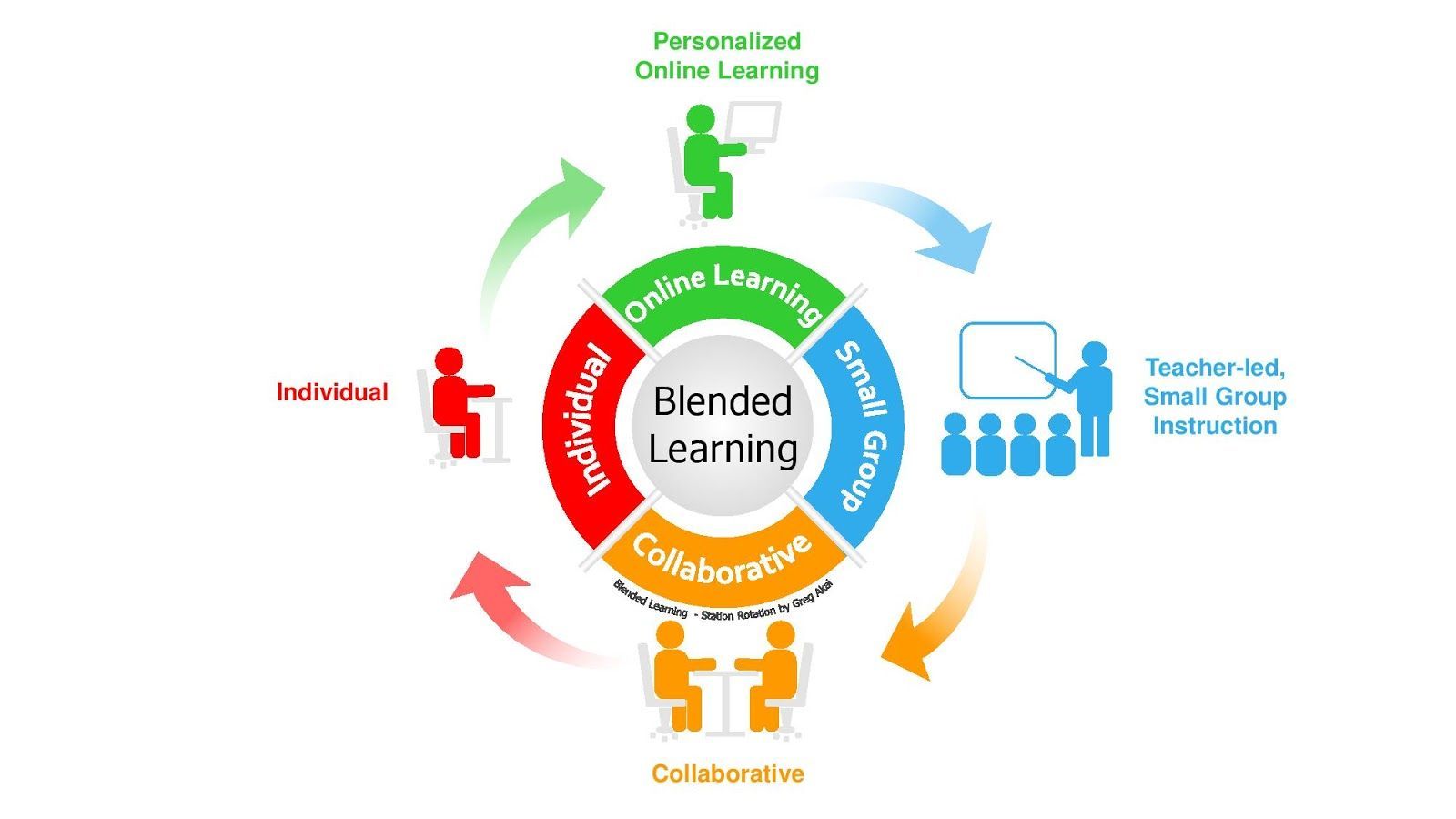Blended learning and advanced accessibility tools are important now more than ever. With the worst of COVID behind us and many schools reopening in person, there are still educators and students who value blended learning in this age of social distancing and Zoom lessons.

Something that stands out to me as a perfect example of this is Music Mode on Microsoft Teams, a new accessibility feature that will really come in handy for online learning and virtual meetings. Some of the major features of this tool are echo cancellation, noise cancellation, and adjustments to microphone sensitivity. This is perfect for when multiple people are trying to speak at once, or if someone forgets to mute their microphone and when you speak, your echo makes it hard to concentrate on what you’re trying to say. With the way Music Mode allows people to not only share music but also enhance the quality of their speech audio, people who need hearing accessibility tools will have a better time learning in a virtual setting.
🎈 Coming soon to #MicrosoftTeams: the brand-new High-fidelity Music Mode feature, based on the Satin audio codec.
Background article:https://t.co/scsNAmb6VK
by #MVP Tony Redmond @12Knocksinna #Microsoft365 Roadmap:https://t.co/RL9grtLlCL#MicrosoftEDU #MIEExpert #MusicEd pic.twitter.com/WUCOlgHa0Z— MSEdu Central (@MSEduCentral) September 26, 2021
This is where blended learning comes into play. Whether it be in a virtual classroom, a collaborative one-on-one, or an in-person setting that combines both live instructions with digital tools such as Microsoft Teams, when the tools in blended learning are enhanced, so too is the learning experience. It makes for a more welcoming learning environment that can be shared in classrooms around the world, something that has been pushed during the pandemic when everyone was forced to become acquainted with online tools to continue learning.
Another example of a blended learning tool that complements Microsoft’s Music Mode is incorporating sign language videos into lessons for the hearing impaired. This was particularly useful when students with hearing difficulties had to be separated from their sign language teachers in school during the 2020 lockdowns. This was a major factor in the assistance the National Association of the Deaf provided for hearing-impaired learners.
This is only a drop in the bucket for students who require learning tools when studying remotely, such as people with dyslexia and ADD. This is why blended learning requires collaboration, particularly between educators and the ever-advancing learning tools. With these advancing tools that anyone can use, the global collaboration between students and educators alike becomes a reality, since it creates an environment that anyone can access.
Recent Comments